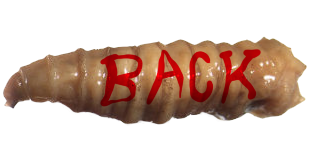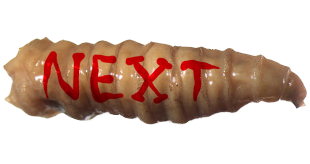
Revisiting BUGBEARS!
QUICK! What's the most generic monster you can think of!? if you go by an
uncountable number of cartoons, movies, games, toys, commercials, books, songs, candy packages, stickers and almost any imaginable form of media you can think of, the most basic-level "monster" is usually a big, hairy animal or humanoid of indeterminate classification with some combination of horns, claws and very scary teeth.
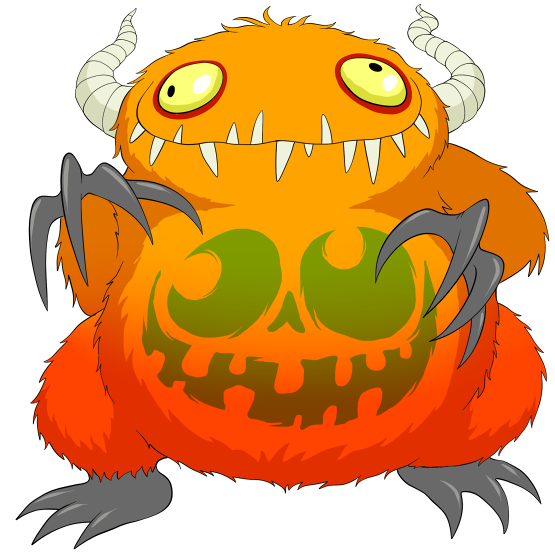
It's a topic I already covered
back in 2015, but I feel like it's due for some heavier expansion. We seldom connect any particular name to this kind of monster in the modern world, but we
used to have a name all set up for it.
"Bugbear" traces back to at least medieval England, and simply combines "bear" with the middle English "bugge," which simply means
something frightening and could even be where we got the term "bug" for insects, worms and spiders, as well as the "bogey" in "bogeyman!"
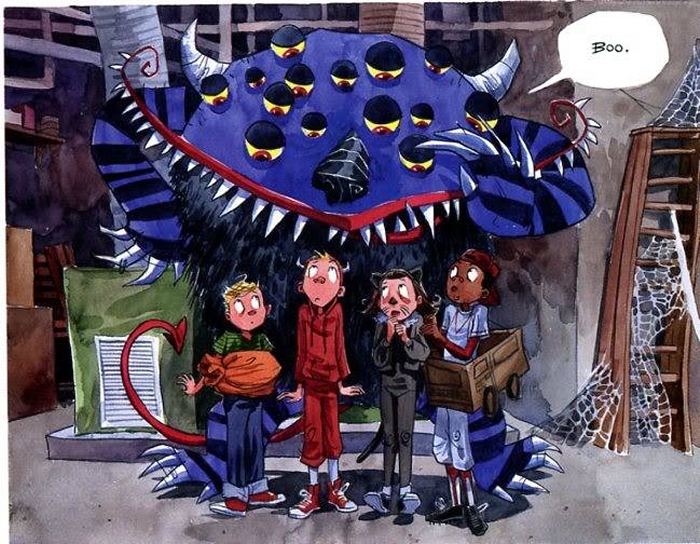
From Scary Godmother
And like the bogeyman, a "bugbear" began as something name-dropped whenever an adult needed to spook a little child.
Listen to your mother, or the BUGBEAR will get you. The creature wasn't usually given a description, but the name was enough! Something at least sort-of reminiscent of a bear, maybe, but definitely something big and scary that would
love to gobble up a bratty little human child for dinner.
What else could these supposedly "generic" monsters
ever be called, then?! They're hairy and scary and we aren't sure what they are, exactly, but we do know they're the kind of monster that hangs out in closets, under beds, behind cellar stairs or anywhere else an unsuspecting kid might be ambushed.
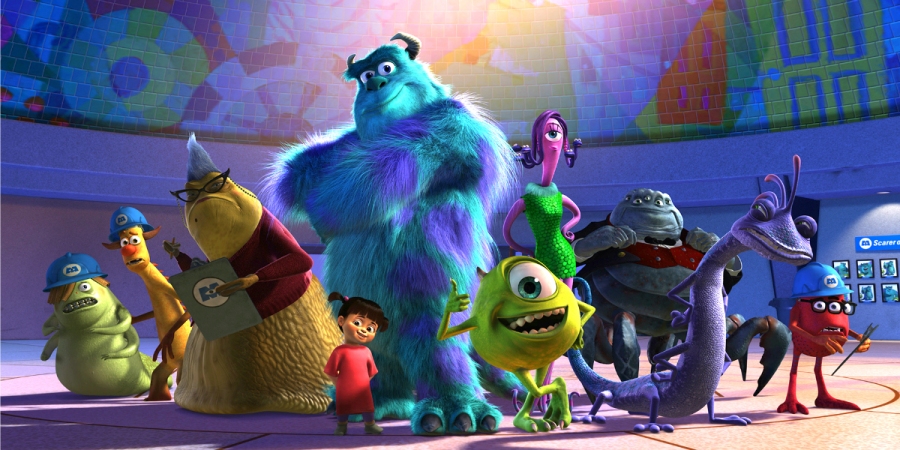
It may be difficult at times to define what a bugbear is with any single anatomical blueprint, but like I said before, you can lodge the same complaint with what "dragon" is supposed to mean. In fact, I'd say bugbears exhibit
far more consistency than dragons, and that's even accounting for cases such as
Monsters inc, in which some more classic examples of the trope share their "species" with oversized slugs, lizards and tentacle monsters.
So perhaps these beings can truly look like
anything, and there might be some grey areas between them and various other creatures, but if you're finding it hard to define what you're seeing as anything other than "a monster," then a bugbear is probably a safe enough classification to go with.
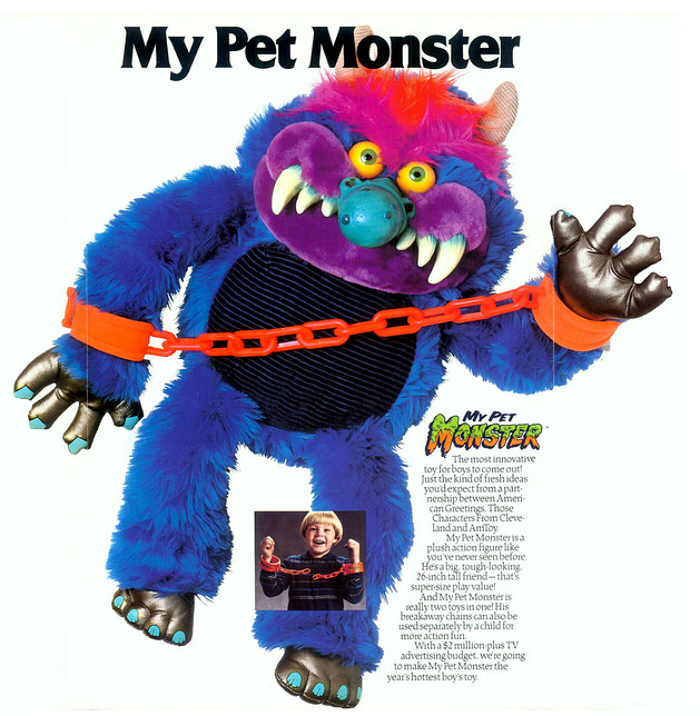
So what, then, is a bugbear besides a sort of nebulous, weird animal? Well, we've seen that whether they're more mammalian, more reptilian or even sport a few tentacles, they sure do have an affinity for children. Sometimes they just love to scare children, sometimes they love to also devour children, sometimes they even just want to
befriend children or sing them songs about the alphabet or throw them an extra badass Halloween party.
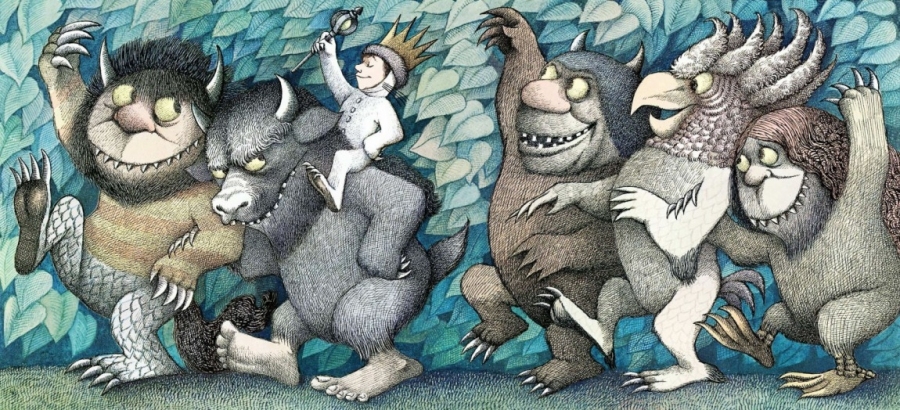
Whatever their motivation, it seems like a given that bugbears are "brought to life" by the human imagination, and the human imagination is usually at its peak power during our earliest years of development. The predatory, animal-like physiology is probably "natural" to the entity to some degree, but draws from the deepest, most chaotic primal fears of a juvenile brain to coalesce a final shape that can vary wildly from child to child. Teeth, claws, horns, hair, bright eyes, bright colors and a long tail are the most common but not necessarily required characteristics, with a fair number of bugbears exhibiting slimier, more reptilian or even invertebrate-like traits.
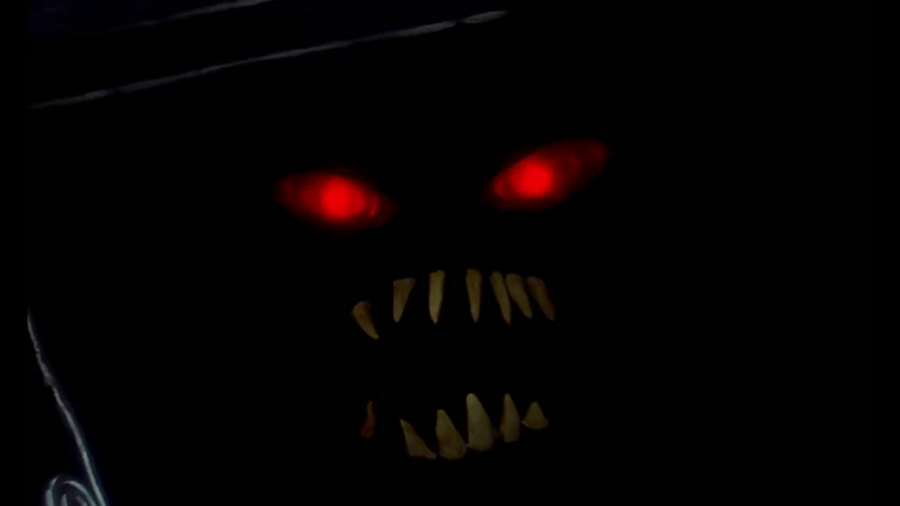
The archetypical powers of a bugbear, too, have already been demonstrated across countless works of media. A bugbear can hide anywhere, even if it shouldn't be physically possible. Likewise, there's no limit on what a bugbear can eat or how much it can eat. It probably has a way to teleport between any space in which a child fears there
might be something frightening, which of course is frequently a bed, a closet or some other darkened crevice. A bugbear's physical power is probably also directly proportionate to how much it's actually feared at the time, and of
course it has an ability to "smell" or otherwise detect your fear no matter where you try to hide, deliberately dragging out the game of cat and mouse to grow even stronger and deadlier.
Of course, if you're
not afraid of a bugbear, it's pretty much powerless to harm you. Some bugbear may even manifest from a child's desire to be
protected from some
other danger, or if starved of fear to consume, they may slowly atrophy into weaker, gentler, simpler creatures. Such a bugbear might even be
distraught by the notion of ever frightening anyone, or indulge in only the most lighthearted and harmless Halloween pranks with its friends.
There's surely a possibility, though, that the original beast is still lurking inside...and exposure to
enough human terror, enough times, could reawaken the poor thing into a ravenous bogey once more...
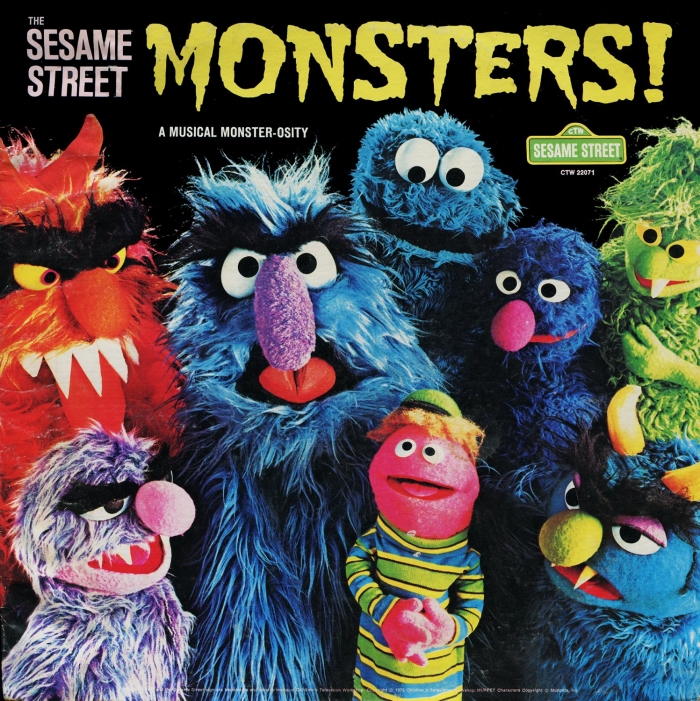
CONTAINMENT COLONY SME-STRT
CURRENT THREAT STATUS: STABLE.
